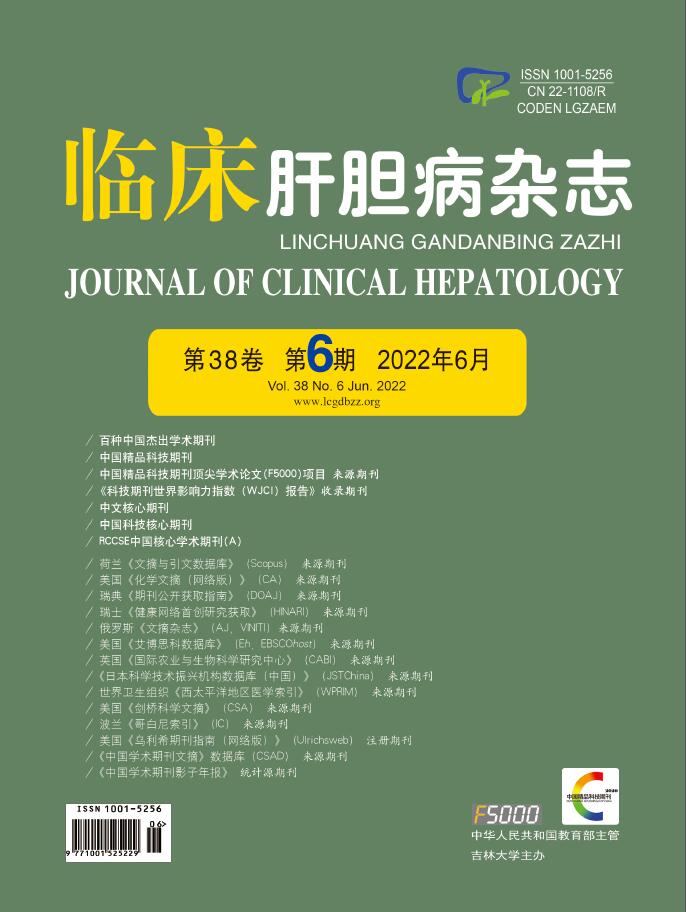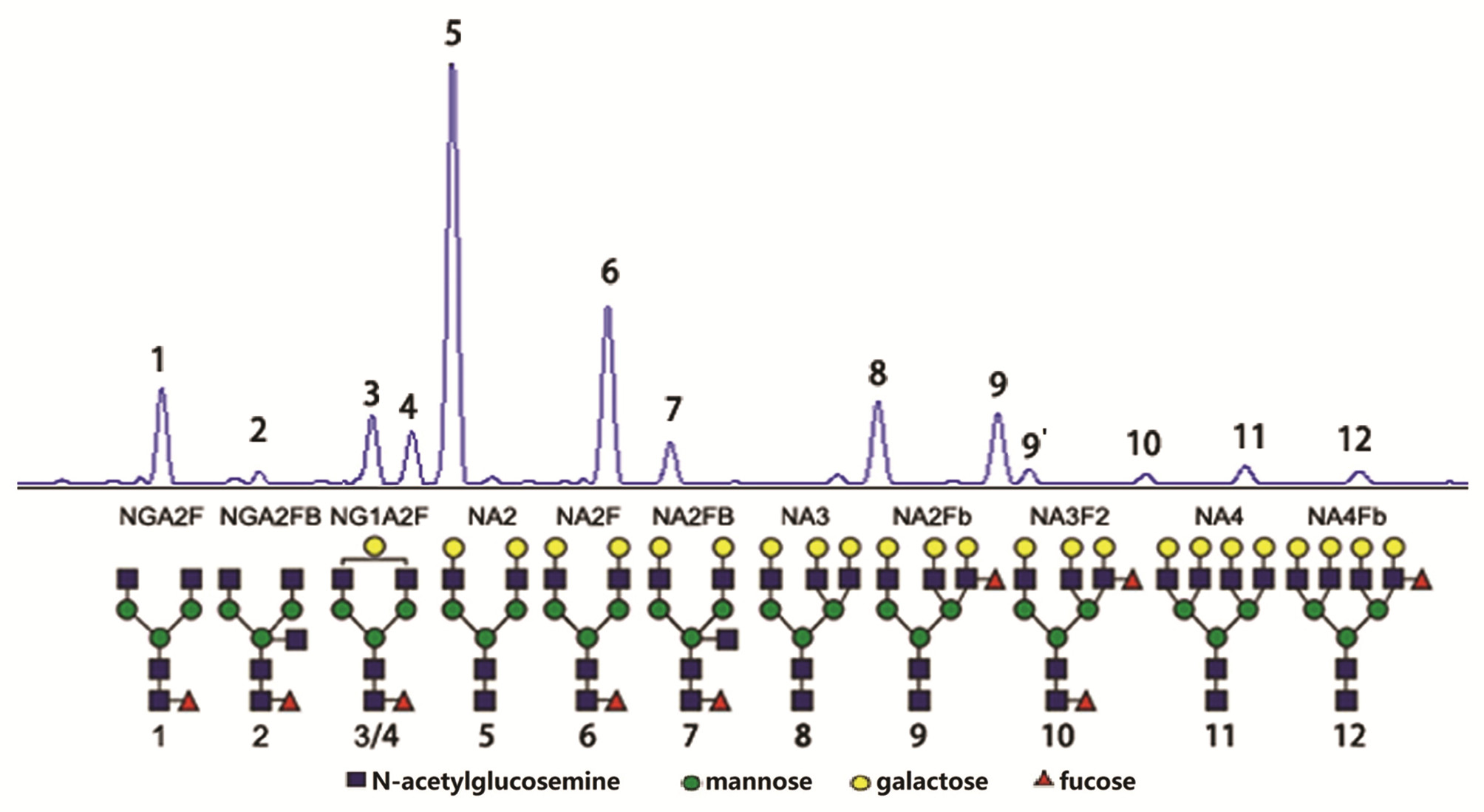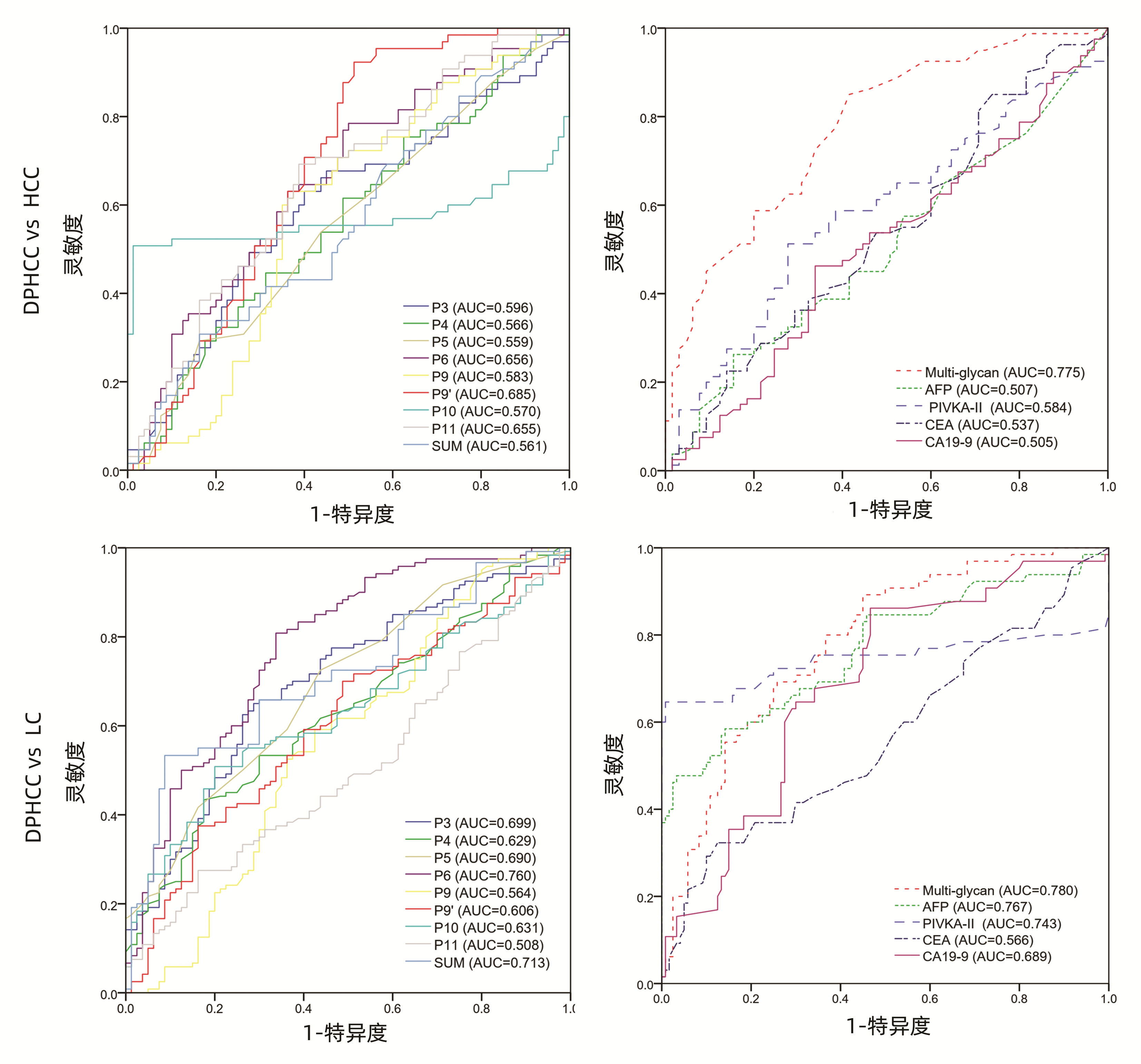| [1] |
ZHENG QL, FENG CY, LIAN YE, et al. Clinical and pathological analysis of 6 cases of diphenotypic hepatocellular carcinoma[J]. Chin J Pathol, 2020, 49(12): 1320-1322. DOI: 10.3760/cma.j.cn112151-20200319-00237. |
| [2] |
WANG H, CONG WM. Research progress on clinicopathology in dual-phenotype hepatocellular carcinoma[J]. Chin J Clin Oncol, 2017, 44(12): 616-619. DOI: 10.3969/j.issn.1000-8179.2017.12.071. |
| [3] |
Chinese Society of Liver Cancer, Chinese Anti-Cancer Association, Liver Cancer Study Group, Chinese Society of Hepatology, Chinese Medical Association, Chinese Society of Pathology, Chinese Anti-Cancer Association, et al. Evidence-based practice guidelines for the standardized pathological diagnosis of primary liver cancer in China(2015 update)[J]. J Clin Hepatol, 2015, 31(6): 833-839. DOI: 10.3969/j.issn.1001-5256.2015.06.004. |
| [4] |
|
| [5] |
HUANG C, FANG M, FENG H, et al. N-glycan fingerprint predicts alpha-fetoprotein negative hepatocellular carcinoma: A large-scale multicenter study[J]. Int J Cancer, 2021, 149(3): 717-727. DOI: 10.1002/ijc.33564. |
| [6] |
HUANG C, LIU L, WANG H, et al. Serum N-glycan fingerprint nomogram predicts liver fibrosis: A multicenter study[J]. Clin Chem Lab Med, 2021, 59(6): 1087-1097. DOI: 10.1515/cclm-2020-1588. |
| [7] |
National Health and Family Planning Commission of the People's Republic of China. Diagnosis, management, and treatment of hepatocellular carcinoma (V2017)[J]. J Clin Hepatol, 2017, 33(8): 1419-1431. DOI: 10.3969/j.issn.1001-5256.2017.08.003. |
| [8] |
Bureau of Medical Administration, National Health Commission of the People's Republic of China. Guidelines for diagnosis and treatment of primary liver cancer in China (2019 edition)[J]. J Clin Hepatol, 2020, 36(2): 277-292. DOI: 10.3969/j.issn.1001-5256.2020.02.007. |
| [9] |
Chinese Society of Infectious Diseases, Chinese Medical Association, Chinese Society of Hepatology, Chinese Medical Association. Guidelines for the prevention and treatment of chronic hepatitis B (version 2019)[J]. J Clin Hepatol, 2019, 35(12): 2648-2669. DOI: 10.3969/j.issn.1001-5256.2019.12.007. |
| [10] |
GUAN W, GAO Z, HUANG C, et al. The diagnostic value of serum DSA-TRF in hepatocellular carcinoma[J]. Glycoconj J, 2020, 37(2): 231-240. DOI: 10.1007/s10719-019-09906-x. |
| [11] |
LI T, MO C, QIN X, et al. Glycoprofiling of early gastric cancer using lectin microarray technology[J]. Clin Lab, 2018, 64(1): 153-161. DOI: 10.7754/Clin.Lab.2017.170814. |
| [12] |
WANG Z, LIU H, YAN Y, et al. Integrated proteomic and N-Glycoproteomic analyses of human breast cancer[J]. J Proteome Res, 2020, 19(8): 3499-3509. DOI: 10.1021/acs.jproteome.0c00311. |
| [13] |
TANAKA T, YONEYAMA T, NORO D, et al. Aberrant N-Glycosylation profile of serum immunoglobulins is a diagnostic biomarker of urothelial carcinomas[J]. Int J Mol Sci, 2017, 18(12): 2632. DOI: 10.3390/ijms18122632. |
| [14] |
BEDNARSKA NG, WREN BW, WILLCOCKS SJ. The importance of the glycosylation of antimicrobial peptides: natural and synthetic approaches[J]. Drug Discov Today, 2017, 22(6): 919-926. DOI: 10.1016/j.drudis.2017.02.001. |
| [15] |
MARTINEZ MR, DIAS TB, NATOV PS, et al. Stress-induced O-GlcNAcylation: An adaptive process of injured cells[J]. Biochem Soc Trans, 2017, 45(1): 237-249. DOI: 10.1042/BST20160153. |








 DownLoad:
DownLoad:

